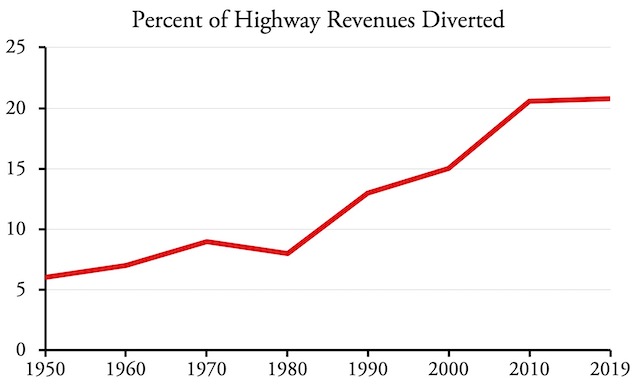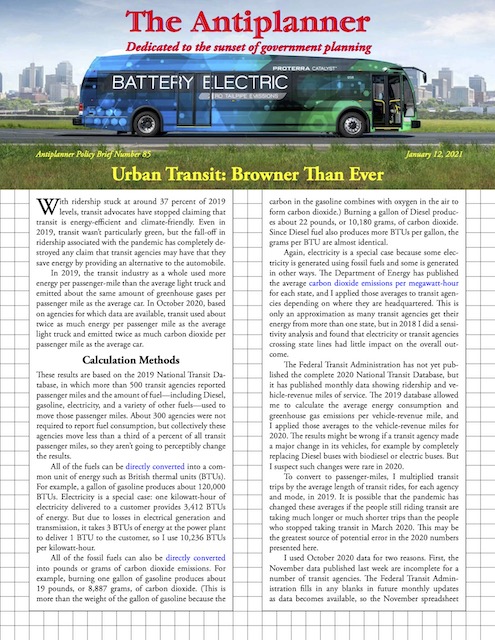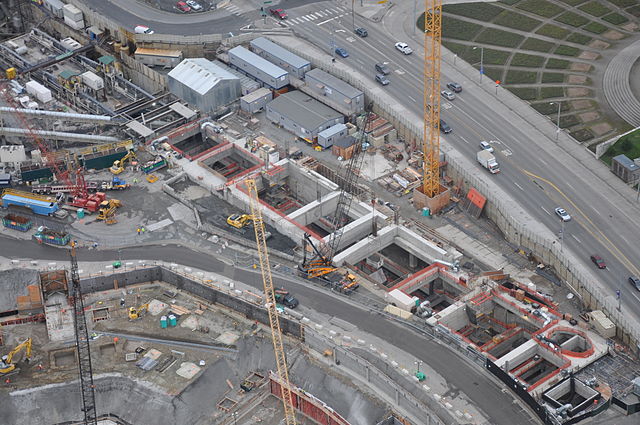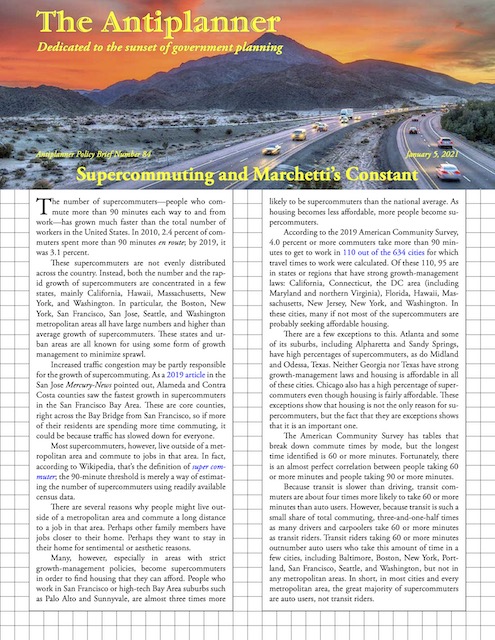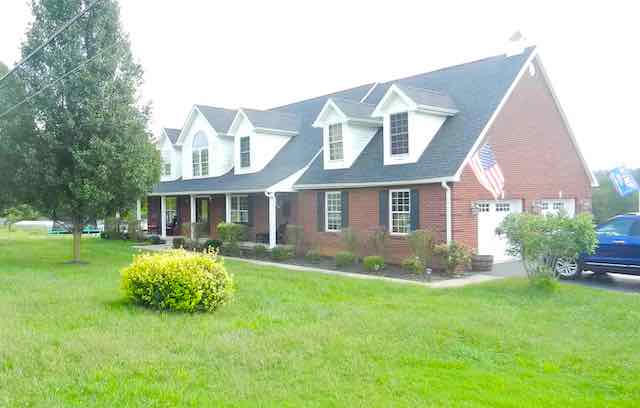The states siphoned off 21 percent of gasoline taxes and other highway user fees to pay for mass transit and other non-highway activities in 2019, according to table SDF of the 2019 Highway Statistics, which was posted this week by the Federal Highway Administration. The table shows that $9.8 billion in highway user fees were spent on transit and $15.1 billion were spent on other non-highway activities for a total of nearly $25 billion out of the $120 billion collected by the states from highway users.
State diversions of highway user fees to non-highway programs grew rapidly after 1980.
In terms of total dollars, the worst offender was Texas, which spent more than half of the user fees it collected, nearly $6.5 billion, on education and other non-highway activities. Transit received an insignificant portion of Texas’ highway revenues. Continue reading

